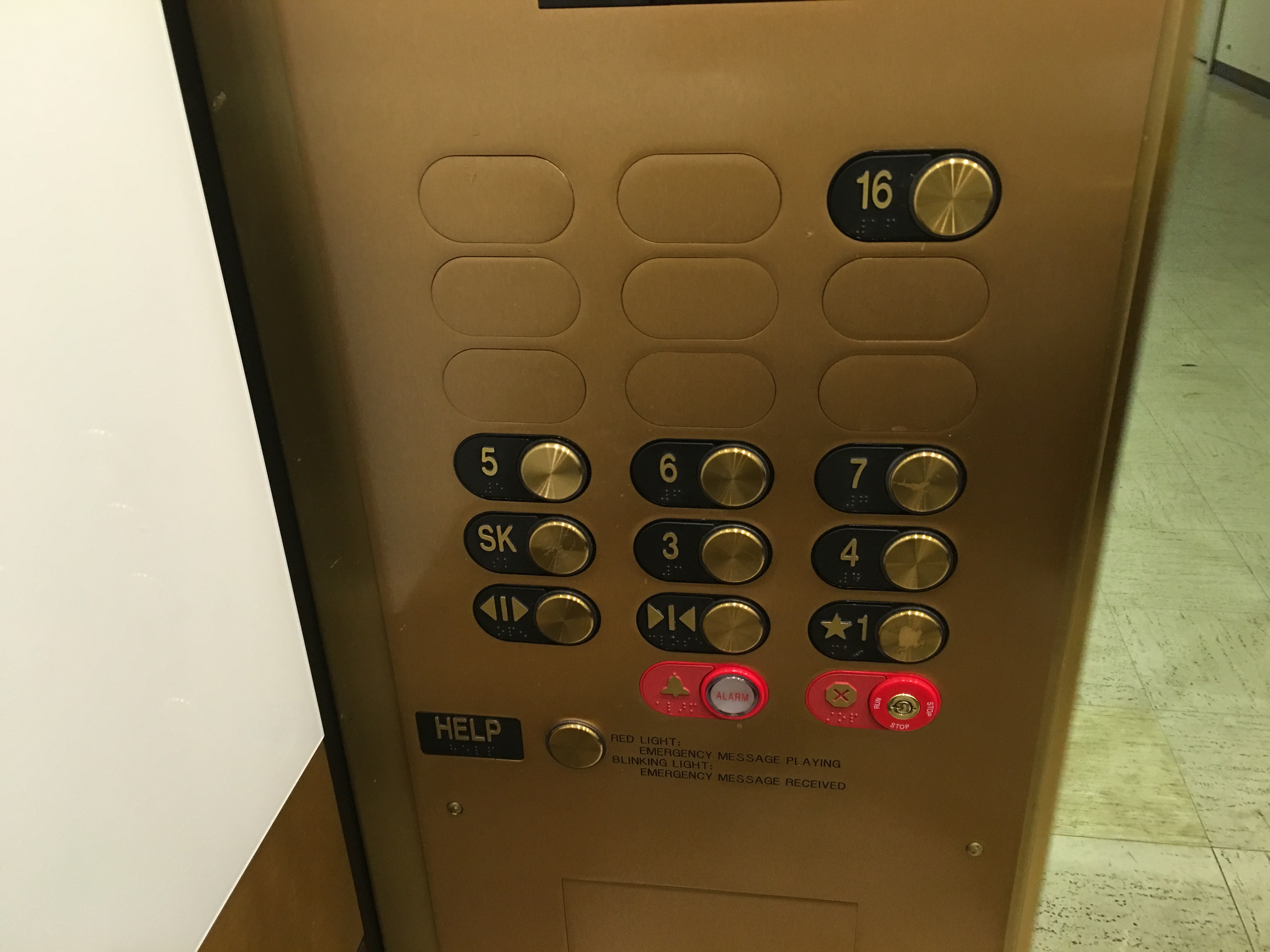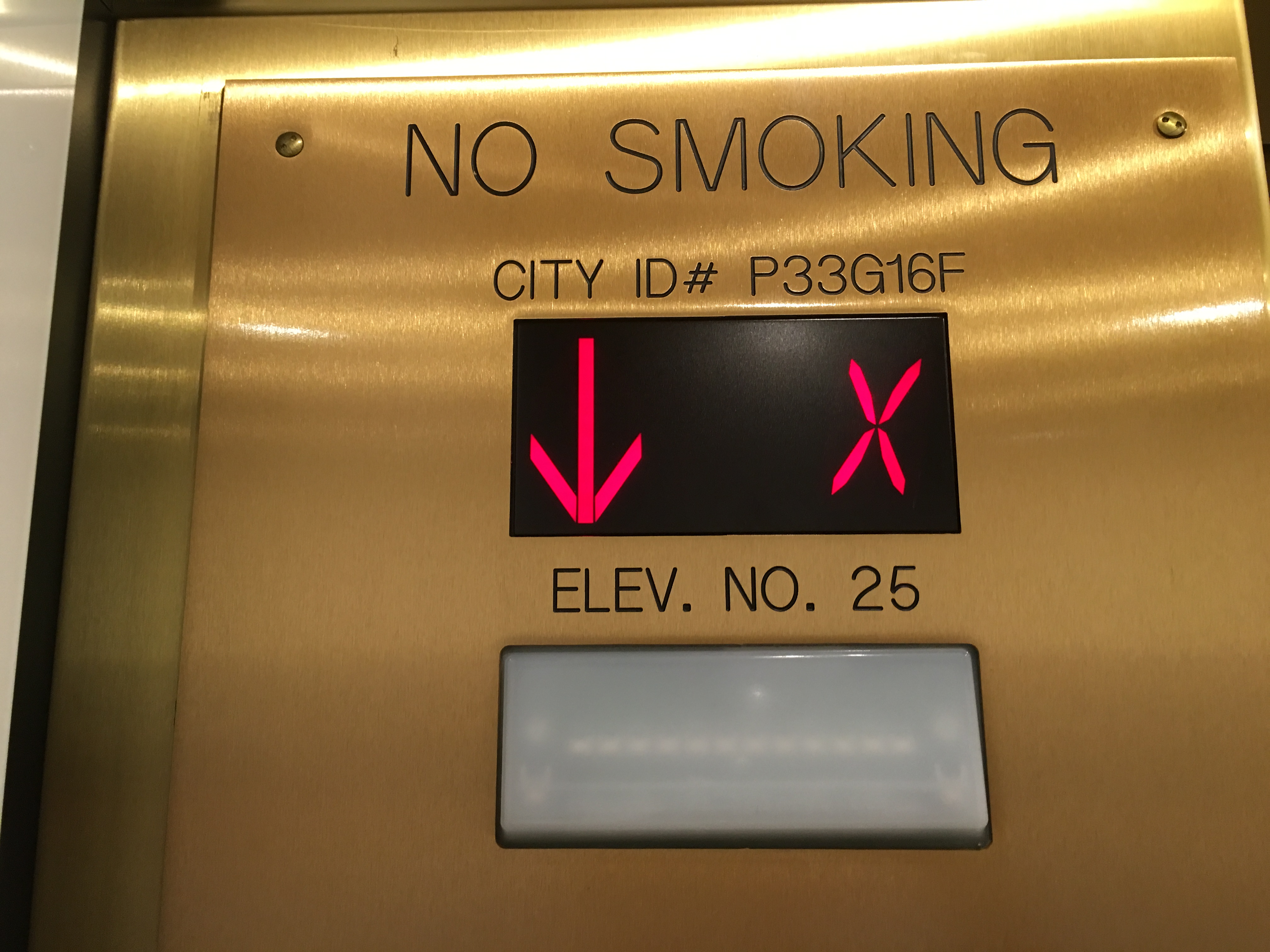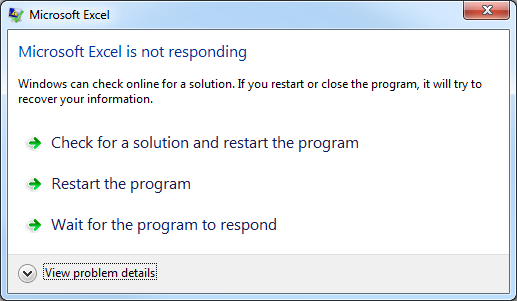I usually refrain from posting about my job because 1) There’s always someone with no sense of humor who takes things too literally/personally, and 2) There’s always a fine line between giving context and disclosing too much about things that aren’t public knowledge.
But I will attempt to traverse this line because in this scenario the story involves no widespread PR disaster, nor does it explain anything proprietary–simply basic technology. All is paraphrased. Here goes:
I notice an email campaign isn’t launching. I ask the guy who schedules them with the FTP server why.
FTP Guy: “The filename doesn’t match the email platform template, so the SAS code is sending data to the inactivate template.”
Me: “Why doesn’t the filename match?”
FTP Guy: “Because when you requested the original test file from the Data Team, you gave them the name of the old template.”
Me: “Fuck.”
I consult a colleague.
Me: “Why did the test files launch if the filename was for the wrong template?”
Colleague: “Because the test files will still work for test emails, just not live data.”
Me: “So I’d have no way of knowing the filename was wrong based on the test emails?”
Colleague: “Correct. You’d have to go back and verify a successful launch with the [generated report A] for each email campaign you manage.”
Me: “I checked [generated report B], and it showed volume.”
Colleague: “[generated report B] only shows activity between SAS and the email platform, which was sending files as intended, just to the inactive template.”
Me: “So [generated report B] does not confirm live email activity?”
Colleague: “No.”
Me: “Fuck.”
I consult my manager
Me: “So, this email didn’t go out because the filename mismatch caused SAS to send data to an inactive template.”
Manager: “Why was there a filename mismatch?”
Me: “Because I requested a test file for the wrong template, but it still worked for test emails so I didn’t notice.”
Manager: “Why didn’t you notice that the email wasn’t launched?”
Me: “I checked [generated report B] to confirm email activity, which I just found out only only shows activity between SAS and the email platform, and does not confirm emails go out.”
Manager: “Okay, I will log this error.”
I go to inform the client liaison.
Me: “So, this email didn’t go out because the filename mismatch caused SAS to send data to an inactive template.”
Client Liaison: “Why was there a filename mismatch?”
Me: “Because I requested a test file for the wrong template, but it still worked for test emails so I didn’t notice. I checked [generated report B] to confirm email activity, which I just found out only shows activity between SAS and the email platform, and does not confirm emails go out.”
I get summoned to a meeting with my manager.
Manager: “We have to put together a report and fill out this form explaining what happened, then discuss with your colleagues how to prevent it from happening again.”
Me: “Okay.” I fill out the form as follows: “I requested a file for the wrong template, but it still worked for test emails so I didn’t notice. I checked [generated report B] to confirm email activity, which I just found out only shows activity between SAS and the email platform, and does not confirm emails go out.”
I consult colleague for advice
Me: “How do I regularly verify email activity?”
Colleague: “You check [generated report A] for each email you’re managing.”
Me: “Is there a quicker way to check all emails at once?”
Colleague: “You can check [generated report C].”
Colleague shows me how to generate [generated report C]. I return to my manager.
Me: “So in order to prevent this issue again, I will generate [generated report C] regularly to confirm email activity.”
Manager: “How do you generate [generated report C]?”
I show my manager how to generate [generated report C].
Manager: “Okay, I will add that to the report.”
I get summoned to a surveillance meeting to discuss the larger implications of the error.
Surveillance: “What caused this email to not go out?”
Me: “I requested a file for the wrong template, but it still worked for test emails so I didn’t notice. I checked [generated report B] to confirm email activity, which I just found out only only shows activity between SAS and the email platform, and does not confirm emails go out.”
Surveillance: “Why did you not notice the email didn’t go out?”
Me: “I checked [generated report B] to confirm email activity, which I just found out only shows activity between SAS and the email platform, and does not confirm emails go out.”
Surveillance: “How will you check for this in the future?”
Me: “I will generate [generated report C] regularly to confirm email activity.”
Surveillance: “How will you prevent it from happening again?”
Me: “I now know how to properly request a test file for the right template, that test emails still generate with a filename mismatch, and that [generated report B] does not report email activity. I will now generate [generated report C] regularly to confirm email activity.
End of meeting.
The above chain of events has been greatly shortened. Bureaucracy is a consequence of large groups of people all performing specialized roles, and since this is a large company, it’s inevitable. But one thing is certain, and that’s that I won’t request a file for the wrong template, thus creating a filename mismatch, ever again!
–Simon

 But I recall an X-Files episode in which a buried naval antenna, miles long, generated ultra-low frequency radio waves for communication with deep-sea submarines. Except, this being the X-Files, there were unanticipated consequences, and local residents suffered some sort of explosive decompression of their inner ear if they stopped moving–some sort of bone-resonance in relation to the antenna. The guest actor was the guy who played the Breaking Bad dude. Anyway, things didn’t turn out so well for Breaking Bad dude, the navy denied any wrongdoing but mysteriously shut down the antenna, and Mulder got the usual berating from FBI Assistant Director Skinner (or maybe it was his new boss after he was officially removed from the X-Files).
But I recall an X-Files episode in which a buried naval antenna, miles long, generated ultra-low frequency radio waves for communication with deep-sea submarines. Except, this being the X-Files, there were unanticipated consequences, and local residents suffered some sort of explosive decompression of their inner ear if they stopped moving–some sort of bone-resonance in relation to the antenna. The guest actor was the guy who played the Breaking Bad dude. Anyway, things didn’t turn out so well for Breaking Bad dude, the navy denied any wrongdoing but mysteriously shut down the antenna, and Mulder got the usual berating from FBI Assistant Director Skinner (or maybe it was his new boss after he was officially removed from the X-Files).





 Sadly, I could not find an online calculator that provides coffee products by cost per ounce. Searching for one only yielded a number of self-righteous articles criticizing how much coffee costs and how stupid people are for buying Keurigs or going to coffee shops. But I did plug some numbers into the calculator, and my own coffee preference: Peet’s, ranks approximately by cost the type of coffee I should be buying. So once again, the math doesn’t lie:
Sadly, I could not find an online calculator that provides coffee products by cost per ounce. Searching for one only yielded a number of self-righteous articles criticizing how much coffee costs and how stupid people are for buying Keurigs or going to coffee shops. But I did plug some numbers into the calculator, and my own coffee preference: Peet’s, ranks approximately by cost the type of coffee I should be buying. So once again, the math doesn’t lie: